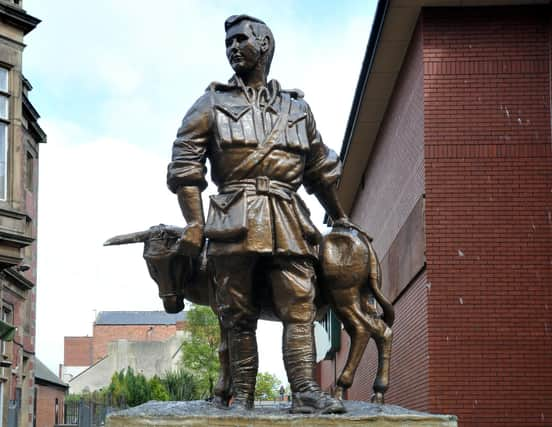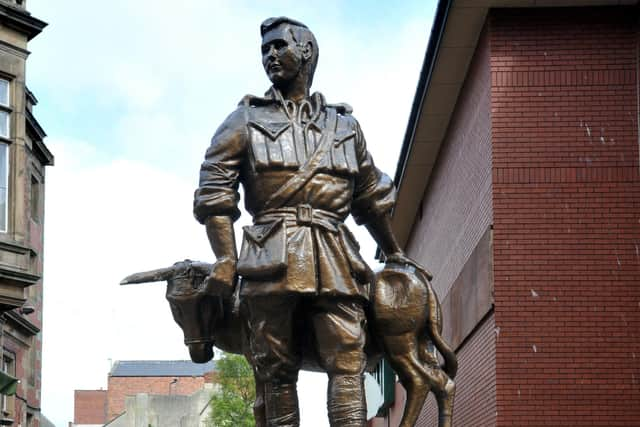The role animals have played in our wars


For this article I wanted to talk about the contribution animals make in wars.
Throughout history animals have been pulled into or affected by conflict in one way or another.
Advertisement
Hide AdAdvertisement
Hide AdThey don’t choose to be dragged into human wars but they are there nonetheless.
As soon as another conflict occurs those of us in animal rights and rescue immediately worry about animals in that region, as well as the humans.
When the war in Ukraine started people there had to make very difficult choices with animals they had in their homes – whether to set them loose or to take them with them when they evacuated or to surrender them to rescues in the hope they could be kept safe.
I can’t begin to imagine having to make a choice like this, it must have been horrendous.
Advertisement
Hide AdAdvertisement
Hide AdAnd I know that UK animal charities as well as others around the world headed over there to help and lots of these are still there.
But what about those animals who we put to work in conflicts? We know right now around the world, armed services use dogs for sniffing out bombs as well as human casualties.
But animals have been used by those at war for hundreds and hundreds of years.
Back in medieval times when battles were fought by knights on horseback and foot soldiers, one of the ways to get close enough to a knight or cavalry rider was to injure the horse to bring the rider down.
Advertisement
Hide AdAdvertisement
Hide AdHorses were collateral damage – they didn’t choose to take part but were left injured to die on the battlefield.
More recently in the First World War, the types of animals expanded massively, as well as horses, mules and donkeys drafted in, pigeons, dogs, camels, goats, and even cats, rats, canaries and mice were used.
Motorised transport had just been invented and was limited, so armies relied on horsepower.
Horses, mules and donkeys were used for moving heavy equipment, as well as transporting food, supplies and soldiers.
Advertisement
Hide AdAdvertisement
Hide AdAt the start of WWI, the army had 25,000 horses but they drafted in 140,000 more within the first fortnight.
Four years later it was estimated that more than eight million horses, donkeys and mules lost their lives in the war – they were killed by gunfire, terrible weather and conditions, exhaustion, hunger and disease and well over half a million other animals died or were killed too.
We all know of South Tyneside hero John Simpson Kirkpatrick – the ‘man with the donkey’ who rescued fallen soldiers – but how many of us know anything about the donkey?


The donkey was called Duffy (sometimes referred to as Abdul or Murphy) and after John was killed, Duffy continued working in field hospitals.
Advertisement
Hide AdAdvertisement
Hide AdIt is, of course, right that on November 11 each year we remember and pay tribute to the soldiers past and present who sacrificed themselves for our freedom.
We should also remember all of the others who made sacrifices including animals.
If you are ever in London and close to Hyde Park visit the War Memorial which is dedicated to animals – the inscription says ‘They had no choice’.
Comment Guidelines
National World encourages reader discussion on our stories. User feedback, insights and back-and-forth exchanges add a rich layer of context to reporting. Please review our Community Guidelines before commenting.